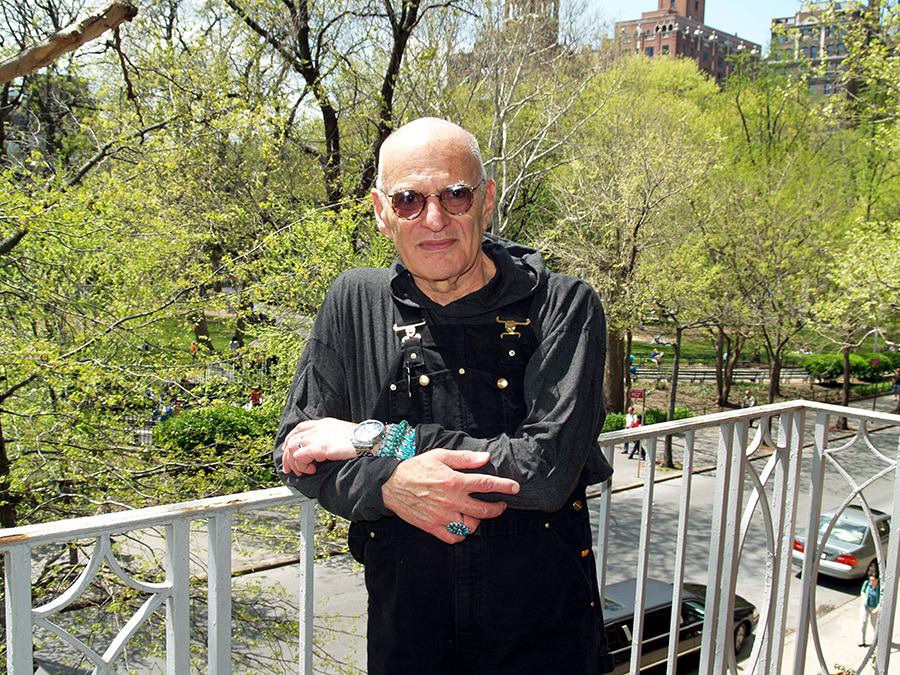Larry Kramer Fought Back
The late playwright and novelist galvanized the fight against HIV/AIDS
The late playwright and novelist galvanized the fight against HIV/AIDS

There was a time when you could stay in a cinema and watch a film over and over again. The first time I saw Women in Love (1969), I watched it all day. I didn’t know Larry Kramer had written the screenplay until after I met him – or, more accurately, until after he screamed at me, in 1987.
Larry was known as a playwright and novelist when he became one of the first people to write about HIV/AIDS in a 1981 column for the New York Native, a local gay newspaper. By 1987, there were still very few people writing about the politics of AIDS. The Silence=Death collective, which I co-founded to explore the political implications of the epidemic, had just begun wheat-pasting our posters in the streets of New York, and I suggested we go to hear Larry talk at what was then the Lesbian and Gay Community Center. That talk was the catalyst for the formation, two days later, of the AIDS Coalition to Unleash Power (ACT UP).

I recently found out from a mutual friend that Larry was afraid no one would show up, so he called people he knew to ensure the event was packed out. They had met Larry before that moment and likely have a different read on things. But I came to know Larry on the battlefield of our nascent AIDS activist movement, and that is the only way I ever thought of him.
Charles Kreloff and Chris Lione, two of my comrades in Silence=Death, both saw Larry in biblical terms. Chris thinks that ACT UP survivors are still performing a passion play that Larry penned. Charles refers to Larry as an ‘avenging angel’. Larry referred to himself as a Cassandra, the mythical Greek priestess cursed to prophesy disasters yet never to be believed. But I am too atheistic to respond to the deus ex machina reading of ACT UP: I wasn’t cowed by Larry’s vitriol because I agreed with him, and I was too punk to put much stock in soothsayers.
I cast Larry in a humbler role, but one I consider more essential: that of the witness. For Jews, witnessing is an act of memory, of training the eye to look through a story rather than at it. It focuses on what we do to one another rather than what happens to us. The witness ignores the ship and studies its wake. They see the glow on the horizon, after the sun has set and everyone else has turned away. Larry was a witness.

Because we live in a culture flooded with images, we think we know everything there is to know about them, even if we’re not trained to consider them critically. After decades of strategy sessions with Larry, I’m convinced that, like most AIDS activists, he thought images such as our 1987 Silence=Death poster simply fell from the sky. For some reason, images were disconnected from his own process as a rhetorician. Perhaps that’s just how it is for artists who use words to articulate their rage.
In my estimation, rage is not actually rhetorical: it’s sculptural. Once you activate rage, it becomes as solid as stone, and it then casts a shadow. The shadow is resistance. That was the most beautiful thing about Larry: the shadow of his resistance stretched out to the horizon and it never stopped growing, not for one fucking second. Rest in rage, Larry Kramer.
Main image: Larry Kramer with Molly, New York, 1989. Courtesy: The New York Library; photograph: Robert Girard























